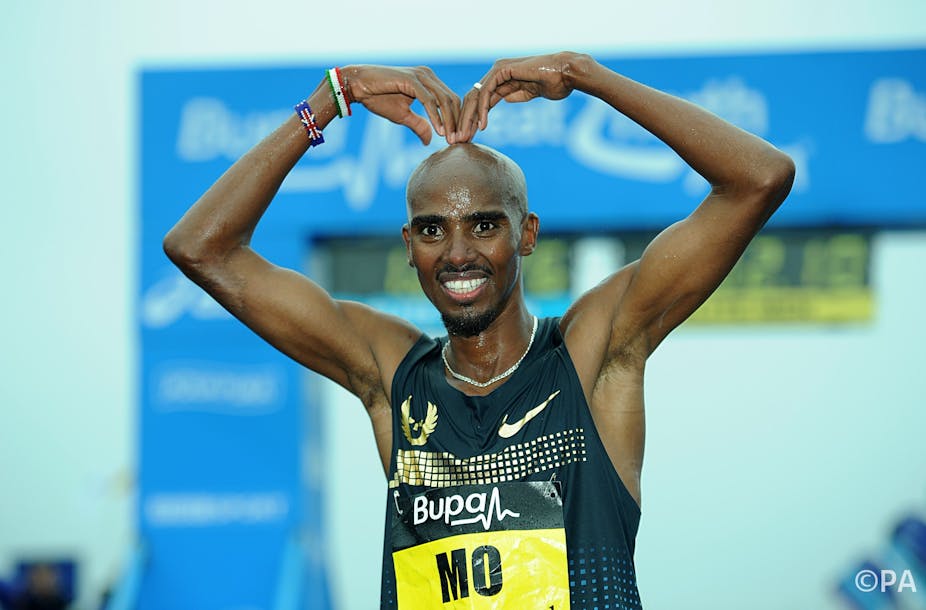Being an athlete is all about eating pasta morning, noon and night, right? Think again. The type of sport an athlete does will affect the types of foods the competitor should eat. Although there are other important nutrients (such as fluid, vitamins and minerals), the three main ones in your diet (known as macronutrients) are carbohydrates, proteins and fats, and these are the ones that sports nutritionists tend to focus on.
Across the board
Most athlete diets tend to be low in fat, as eating an excess of fat (or calories) will result in this being stored as fat on the body. This can be a major problem for aesthetic sports, such as gymnastics, but is an issue in most sports, where you don’t want to carry around dead weight.
Carbohydrates are the main energy sources, and are particularly important in endurance events such as triathlons and marathons. Carbohydrate-rich foods include pasta and porridge. In events lasting more than an hour, athletes will also need to refuel during the event. This is often done with sports drinks or sports supplements, which can be an easy form of fuel for an athlete.
Proteins are important for rebuilding micro-damage to muscles caused by exercise. This is why protein is a key part of the diet in weightlifting. A weightlifter’s diet will consist of low-fat, protein-rich foods such as chicken or egg whites.
Some major differences
Even within similar sports there can be major differences in optimum diets for an athlete, which is purely down to the length of the event. One of the best examples of this is athletics, where distances in running can range from the 100m sprint to the 42.19km marathon. As you burn more calories in a longer distance event, the marathon runners will need higher levels of carbohydrate than sprinters.
Marathon runners will probably “carb-load” for the week before the event, where they increase the amount of carbohydrates they eat everyday, at the same time as cutting down the amount of training they’re doing. This balance of energy in and energy out means that they’re able to top up the storage carbohydrate (glycogen) in their muscles and run for longer before they fatigue.
As the 100m sprint is such a short event, it relies more on anaerobic energy systems – those that require less oxygen than the aerobically fuelled marathon. Both will use carbohydrates as the energy source, but as the marathon is longer, it requires a lot more. This means that sprinters might focus on eating less pasta than marathon runners, as pasta can give a large amount of carbohydrates compared to something that usually comes in a smaller portion or with a lower carbohydrate content, such as fruit and vegetables.
Marathon runners will also use stores of body fat more to fuel their longer distances, although this can’t be used without carbohydrate. The body’s stores of glycogen will only fuel 90 to 180 minutes of endurance activity, so they will still need to keep topping up their carbohydrate intake during the race if possible.
Eating iron-rich foods such as red meat will also be more important for a marathon runner than a sprinter as it is an essential component of haemoglobin, the protein in blood that transports oxygen around the body. This is especially true for women, who have a higher need for iron anyway, due to their menstrual losses. As such, they’re more prone to the effects of having low iron.
There are some similarities between different distances. For short and long there is a fine balancing act between eating sufficient calories and macronutrients to make sure they have the energy to train and compete, and not eating too many so that they gain body fat. This could have disastrous consequences on performance for an athlete, and increase their time on race day.
It’s important to remember that these are just guidelines. Diet is very much an individual choice, and an athlete will eat what they are comfortable with. Usain Bolt claimed he ate up to 100 chicken nuggets a day during the Beijing Olympics – arguably rich in protein, but also full of fat.
Those seeking to emulate Bolt’s lightning speeds, should note that most of the time he follows a healthier plan of meat, fish, bananas, yams and traditional Jamaican dishes. Maybe he would have recorded even lower times if he stuck with his healthier, lower-fat diet during the Beijing competition. Ultimately, however, it’s a case of what works best for individual athletes.

